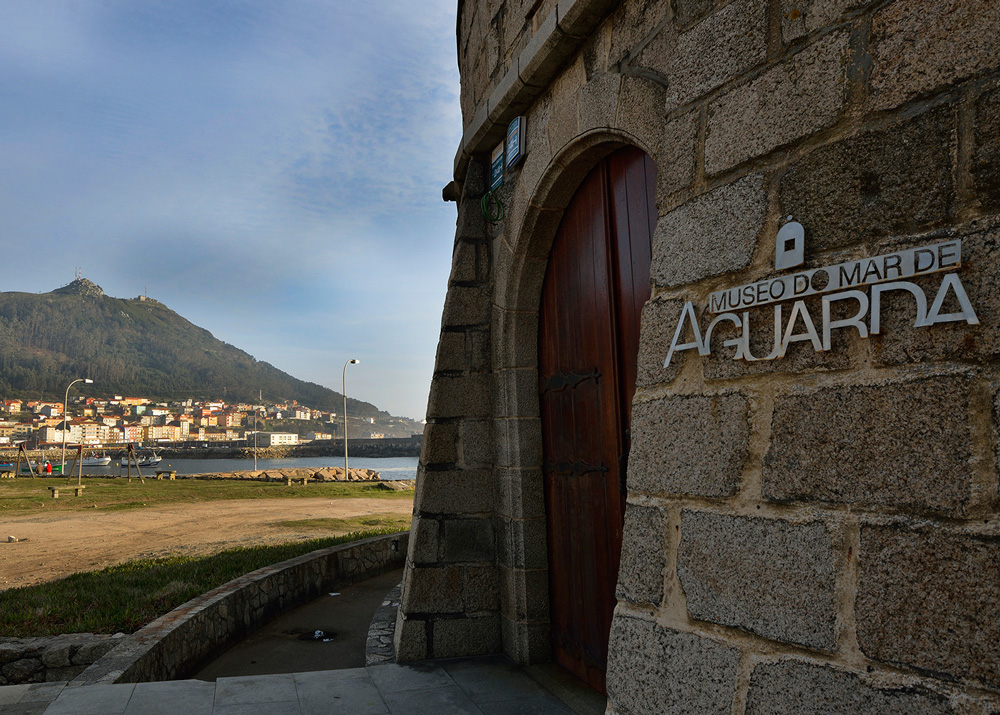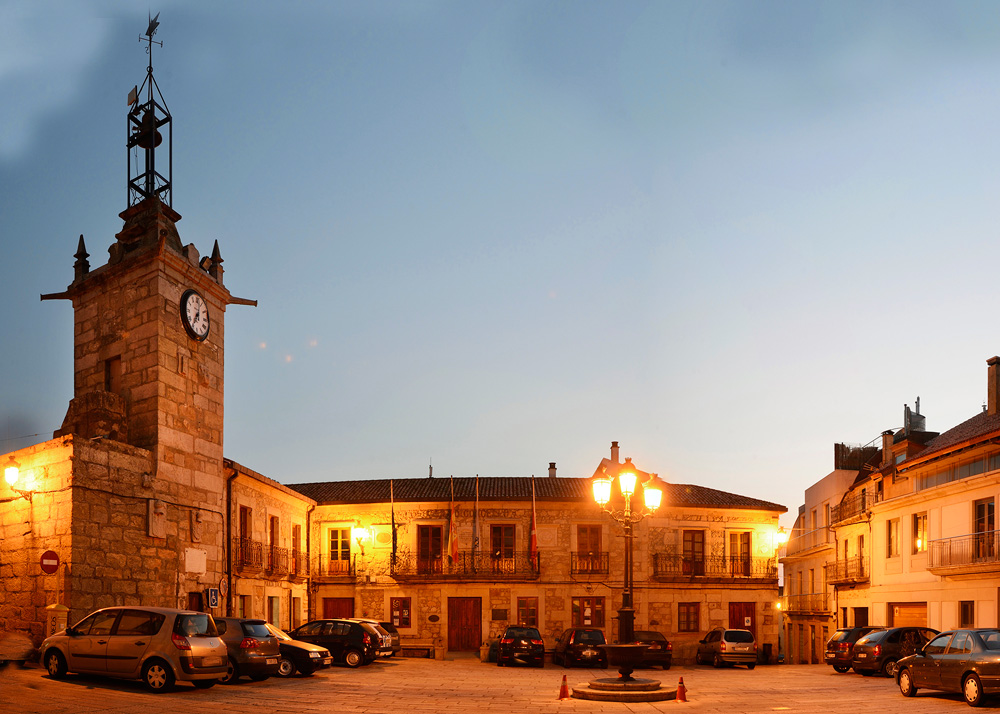The municipality of A Guarda is located in the south of the region. It borders on Miño River to the south, on the Atlantic ocean to te west, on the municipality of O Rosal to the east and on the municipality of Oia to the north. Its area is of 20.5 km2 and its population is of 10193 inhabitants (2015 census).
The town of A Guarda is traditionally linked to the sea and fishing. The touristic offer of A Guarda is very wide, partly because of its strategical location. It was declared of Tourist Interest in 2001.
There is a great natural and landscape heritage in A Guarda, combining the riverside of the Miño River and the coastal area characterised by the small beaches and the amazing rocky littoral. The archaeological, cultural and ethnographic heritage of A Guarda is one of the most singular in Galicia. The Santa Trega’s Hill and Celtic settlement stands out in A Guarda.

Santa Trega’s Hill and Celtic settlement
Category: archaeological heritage
Location: 41.88859286, -8.870982557
Santa Trega’s Hill is located very near the centre of the town of A Guarda. It is one of the most prominent places of A Guarda from the touristic point of view. From the upper part of the Hill, the visitor enjoy an unrivalled panoramic view of the northern coast of Portugal, the Atlantic sea and the Miño River.
Santa Trega’s Celtic settlement is located in the Santa Trega’s Hill and date back to the Iron Age. It is the most important Celtic settlement in the northwest of the Iberian Peninsula.
It was discovered in 1913 and was declared Historic and Artistic National Monument in 1931. Guided visits are offered for groups. Moreover, the Santa Trega’s museum offers information about the history and archaeological works of the settlement.

Port and Museum of the Sea
Category: architectural and ethnographic heritage
Location: 41.90255117, -8.880182336
The Museum of the Sea of A Guarda is located in an ancient fortress build up by the Portuguese when A Guarda was under the domination of Portugal. It was demolished on its former location during 1943 and rebuilt on its current location, in the port of A Guarda, in 1997.
The museum offers a lot of information and a wide variety of contents related to the sea from an ethnographic point of view such as traditional fishing elements, and from a biological point of view such as a great collection of seashells.

Castle of Santa Cruz
Category: architectural and ethnographic heritage
Location: 41.90450079, -8.872814505
The Castle of Santa Cruz is a defensive fortress located in the upper part of the town of A Guarda. It is part of a series of fortressess which were built up in the 17th Century to control the threat by the neighbouring country.
It dates back to 1665. It was declared an Asset of Cultural Interest in1995. It was restored by the town council of A Guarda and is opened to the public since 2014.

Old Town and Reló Tower
Category: architectural and ethnographic heritage
Location: 41.90127658, -8.874073009
The old town of A Guarda is characterised by its traditional buildings and narrow streets. The Reló Square, where the town Hall is located, is the main reference of the historical centre of A Guarda.
In the vicinity, some remains of the ancient wall of the city have been preserved to this day. The Reló Tower, located in the Reló Square, was built near the ancient wall in 1570 and was restored in 1730.

The mouth of Miño River
For those visitors who like to enjoy the landscape and the river beaches of the mouth of the Miño River, the municipality has a pedestrian path which goes all over the coast from the Beach El Molino, in Camposancos, to the port of A Guarda.
It is a wooden promenade which allows the visitor to enjoy the unrivalled landscape of pine forests, dunes, beaches, rocky coast and the mouth of the Miño River. It is a highly recommendable visit to spend some calm and peaceful moments, walk or enjoy the sunset.




